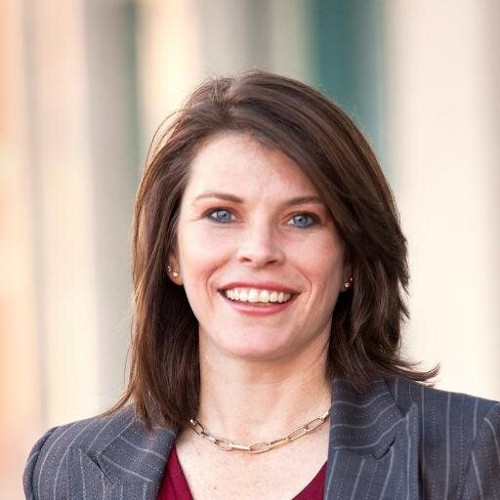What does that mean exactly? In Mark Thornton’s book, How to Meditate in a NY Minute, he defines mindfulness as, “Being aware of what is going on inside while noticing what happens on the outside”[1]. That doesn’t mean only noticing your gurgling stomach or tensed up shoulders. It also means noticing what emotions you feel (and of course, noticing those tensed up shoulders). It means being fully aware of your emotional state in any given moment, and allowing your emotions to be fully present. It means not chasing them away, or avoiding what you feel. It means actually feeling. Yes, even if it’s unpleasant or painful.
I continue to work on ways to be more mindful, moment-by-moment. Recently I took five minutes at lunch and sat outside on my condo roof deck and closed my eyes to connect with myself, and experience “mindfulness” in one of my favorite ways. I closed my eyes. I paid attention to my breath. I felt the warm sun on my palms, and focused on feeling the energy move around from one palm and the fingers on my left hand, up my arm, down my legs, and into the ground miles below me. I allowed myself to relax into myself. I closed my eyes and took a few breaths. I noticed a new feeling emerge, and felt sad. I cried as I allowed myself to feel sad, only because I knew I could and didn’t have to chase it away because it “wasn’t ok” or because I “didn’t have time.” This was one example of being mindfully present and fully in my being-ness and my emotions.
What does it mean to be mindful as a leader? The list below could fill any list for how to lead across multiple scenarios. When we lose touch with what we feel in the moment, or sit in fear as we dictate or share one-directionally we lose a core component of mutuality, or seeing someone for who they are and not who we want them or expect them to be, that is another trait of a mindful leader.
Additional Ways to Be a Mindful Leader:
· Being aware of what you’re feeling in any moment and allowing it to guide your choices and actions. If you are frustrated or upset, do not let it go unsaid. Share your thoughts responsibly. “Outsource your pain” as I recently heard.
· Speak with intention. Your points will be stronger, and you are helping others and yourself be clearer and have a more present experience with your audience. Check in with how you feel — it could be fear, frustration, or joy. The idea is that when you shift your intention to speak intentionally, you will sound more succinct, and be more with yourself emotionally as you communicate your message.
· Increase awareness of your breath and body, what emotion you are feeling in any given moment, and your awareness of your behaviors and actions with others.
Being mindful can be much more than what most people think of as simply “noticing awareness.” Sure this is a great skill in itself. However there’s more to it than noticing more or quieting your mind. Being authentically mindful means turning inwards to notice your emotional state, acting with intention, or being fully present with someone as you accepting all your being-ness. When you can access this state of self-awareness, combined with how you feel in the moment, you are fully present in your aliveness and on the way to becoming more of your full self. Embracing this type of mindfulness allows new ways of being not only with myself, but with others as I am mind full and engaged with myself and others.
This kind of mindful leadership is a principal concept in the book Pause available April 2017. Pausing isn’t only about being still. It’s about intentionally shifting your behavior so that new ways of being can emerge. That’s what being a mindful leader in your life — professionally or personally — is all about.
[1] Thornton, Mark. Meditation in a New York Minute: Super Calm for the Super Busy. Boulder, CO: Sounds True, Inc, 2006.
Originally published at medium.com


